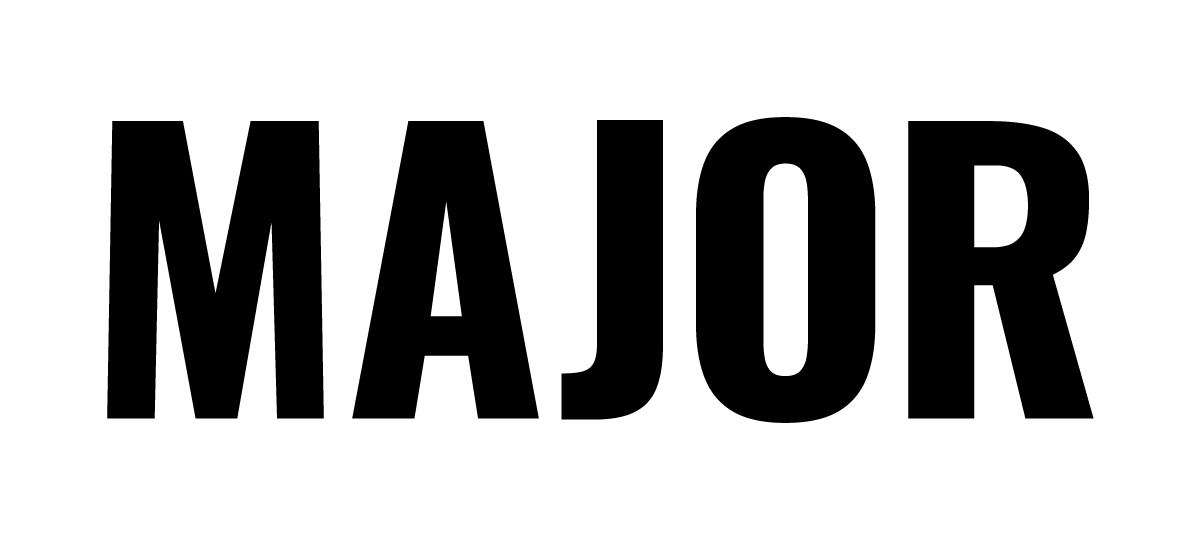How to Write the Perfect Business Plan in 2023
When thinking of launching a business, it’s important to lay down a solid foundation that fits your specific needs. The easiest way to do this is to create a business plan. A good business plan will act as a reliable roadmap to help you kickstart your business.
Source: Canva
What is a Business Plan?
A business plan is a document that lays out the ins and outs of your business. It includes a description of your business and services, a financial plan, an operational model, market research and more depending on your individual needs. Often, business plans will lay out this information in a way that covers three to five years of business and can be shared with potential investors.
1. Executive Summary
The executive summary is the first page of every business plan. It acts as an elevator pitch for your business. An executive summary is a business overview that should include your mission statement, your product or service, your target market, leadership information, and a summary of your financial growth plans.
Despite being the first page of your business plan, we recommend that you write this section last. This way, you can highlight important information you’ve written throughout the rest of your business plan.
2. Company Description
The company description section will do several things:
Identify your business
Detail the product or service you plan to offer
State your business’s vision, mission, and values
Describe your business model
Identify your short-term and long-term business objectives
Provide a description of your target market
Highlight your team/key personnel
This overview will give potential investors an idea of why your business exists and the importance of your products or services.
Source: Canva
3. Market Analysis
This section should identify what sets your product or service apart from your competition as well as describe your target market. In this section, identify who your competitors are. Identify their strengths and highlight how your business can serve the market’s needs better. If your target market is underserved, use this section to explain why.
4. Organization and Management
In this section of your business plan, describe the structure of your company. Who runs your company? How does each team member contribute to the success of the business? Creating an organizational chart can be useful for highlighting this information.
It’s also important to describe the legal structure of your business. For example, if your business is going to be an S corporation, limited partnership, or a sole proprietorship, this is the section to state so.
5. Products and Services
Describe the products or services you’re offering your customers as well as how your services can benefit your clients. Other aspects of your business to highlight in this section include:
The product lifecycle.
Will you be filing for copyright or a patent?
How will your products/services improve profitability?
If you’re selling products, where are they sourced from?
6. Marketing and Sales Plan
Your marketing and sales plan describes the way you will attract and retain customers. There is no one way to market your services. Each business’s marketing strategy is different and tailored to meet individual business needs. When constructing a marketing plan, it’s important to understand your customers and their consumption habits.
Your marketing and sales plan should answer three key questions:
What are you selling?
How will you promote your products/services?
Where will you sell your products/services?
Source: Canva
7. Financial Plan and Analysis
The financial plan and analysis section will provide the reader a detailed understanding of your business’s financial health, as well as funding requirements if your company is new. If your business is a startup, you likely will not have a lot of information on your business financials. Existing businesses should include income, profit-and-loss statements, a balance sheet, and a cash flow statement from the past three to five years.
In this section, you will want convince the reader that your business is/will be a financial success. Use graphs and charts to clearly provide the financial history of your business.
8. Appendix
This final section should act as a hub for any additional supporting documents and materials that did not fit in any previous sections. Examples can include employee resumes, product photos, licenses, permits, patents, and legal documents.
Help Writing a Business Plan
If you’re looking for assistance writing your business plan, or if you need additional support starting your business, check out our services page to find resources that will take your business to the next level.



